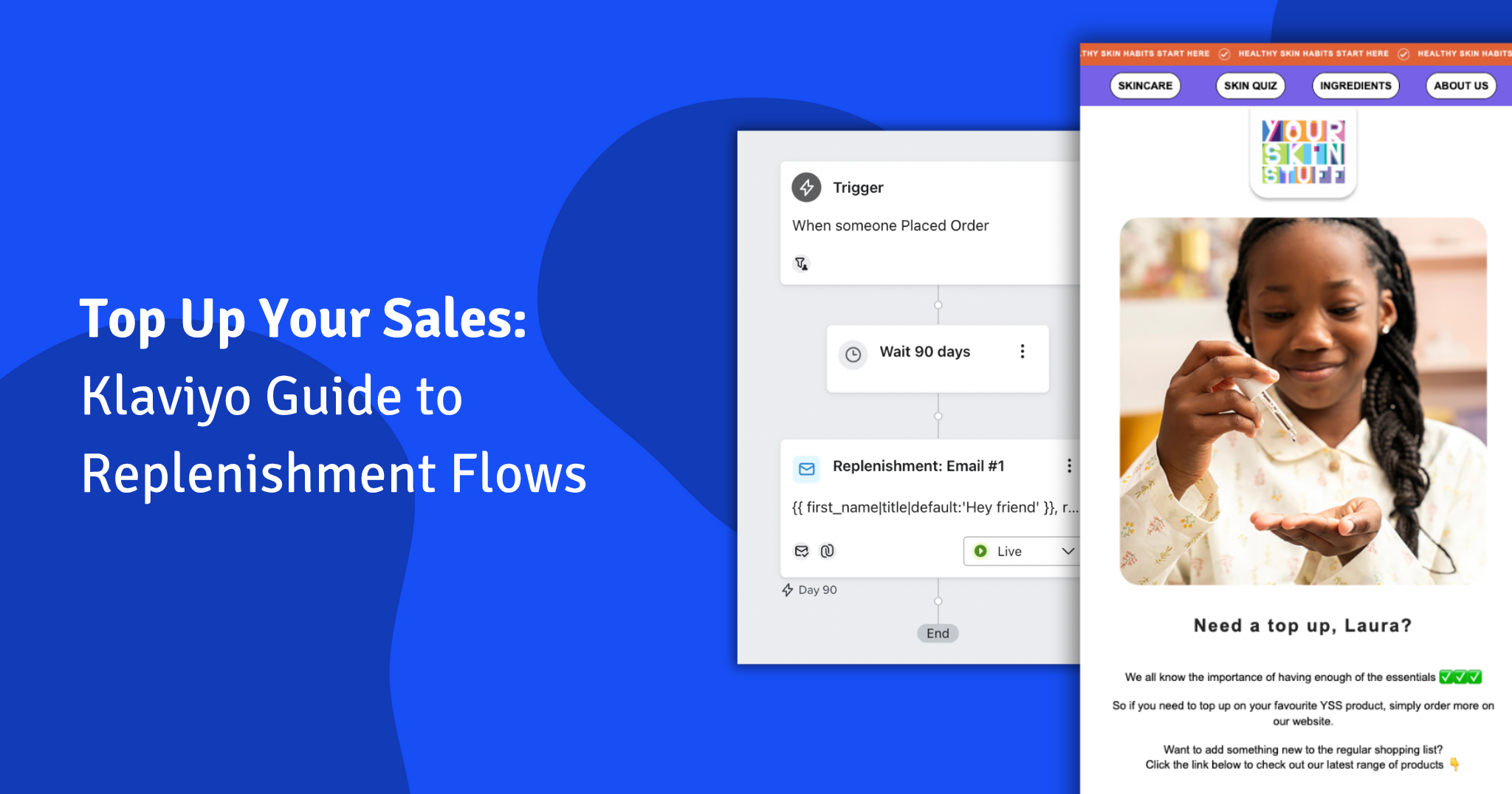In the competitive world of e-commerce, understanding your customers’ experiences and preferences is crucial for business growth. At Glaze Digital, we believe that one of the most effective ways to gather this valuable information is through post-purchase surveys. These surveys not only help in retaining customers but also provide insights that can drive your business forward.
Here’s why implementing post-purchase surveys in your Shopify store is a game-changer.
Why Post-Purchase Surveys Matter
1. Enhance Customer Retention
Customer retention is more important than ever. Data shows that 41% of sales are generated by repeat purchases from satisfied customers. Post-purchase surveys allow you to understand what keeps your customers coming back and what might be driving them away. By proactively seeking feedback, you can address issues before they lead to customer churn.

2. Improve Customer Service
Surveys can reveal how well your customer service team is performing. For instance, 92% of shoppers say they would quit doing business with a company after just one bad experience with customer service. By identifying areas of friction, you can make necessary improvements to ensure a seamless customer experience.

3. Spot Market Trends
Customer feedback can help you stay ahead of market trends. Whether it’s a new technology or a shift in consumer preferences, surveys can provide early indicators that allow you to adapt your offerings accordingly.
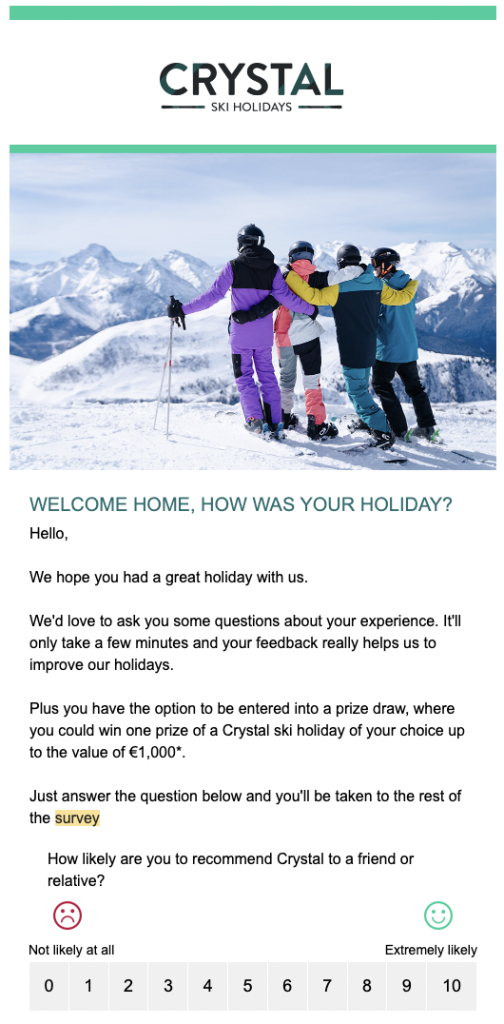
4. Optimise Marketing Strategies
Understanding your most effective acquisition channels is crucial for optimising your marketing efforts. Post-purchase surveys can provide data on where your customers are coming from, allowing you to allocate your marketing budget more effectively.

5. Enhance Product Development
Feedback from surveys can guide your product development process. By understanding what features or improvements customers want, you can ensure that new products meet market demands and enhance customer satisfaction.
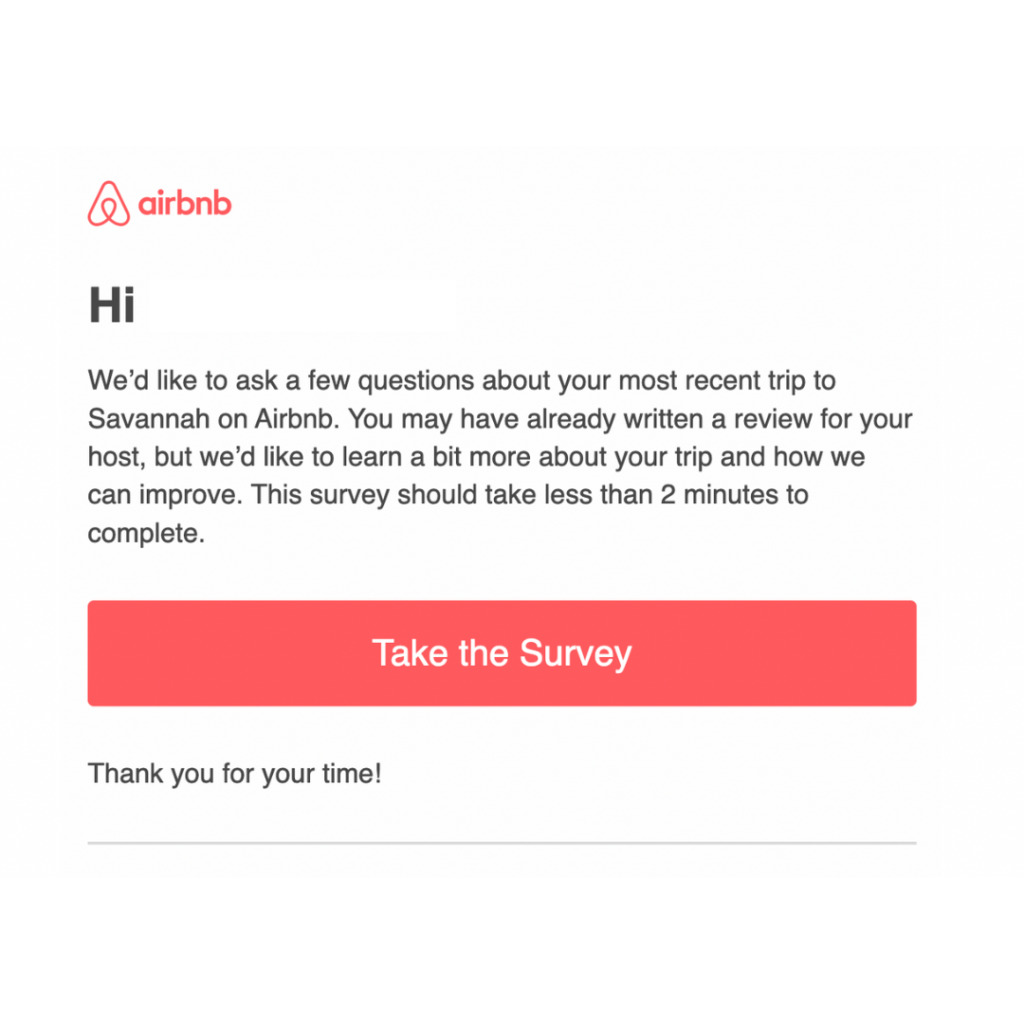
How to Implement Effective Post-Purchase Surveys
1. Keep Surveys Short and Simple
To ensure a high response rate, keep your surveys brief and to the point. Most surveys should take just a few minutes to complete. This respects your customers’ time and increases the likelihood of them completing the survey.
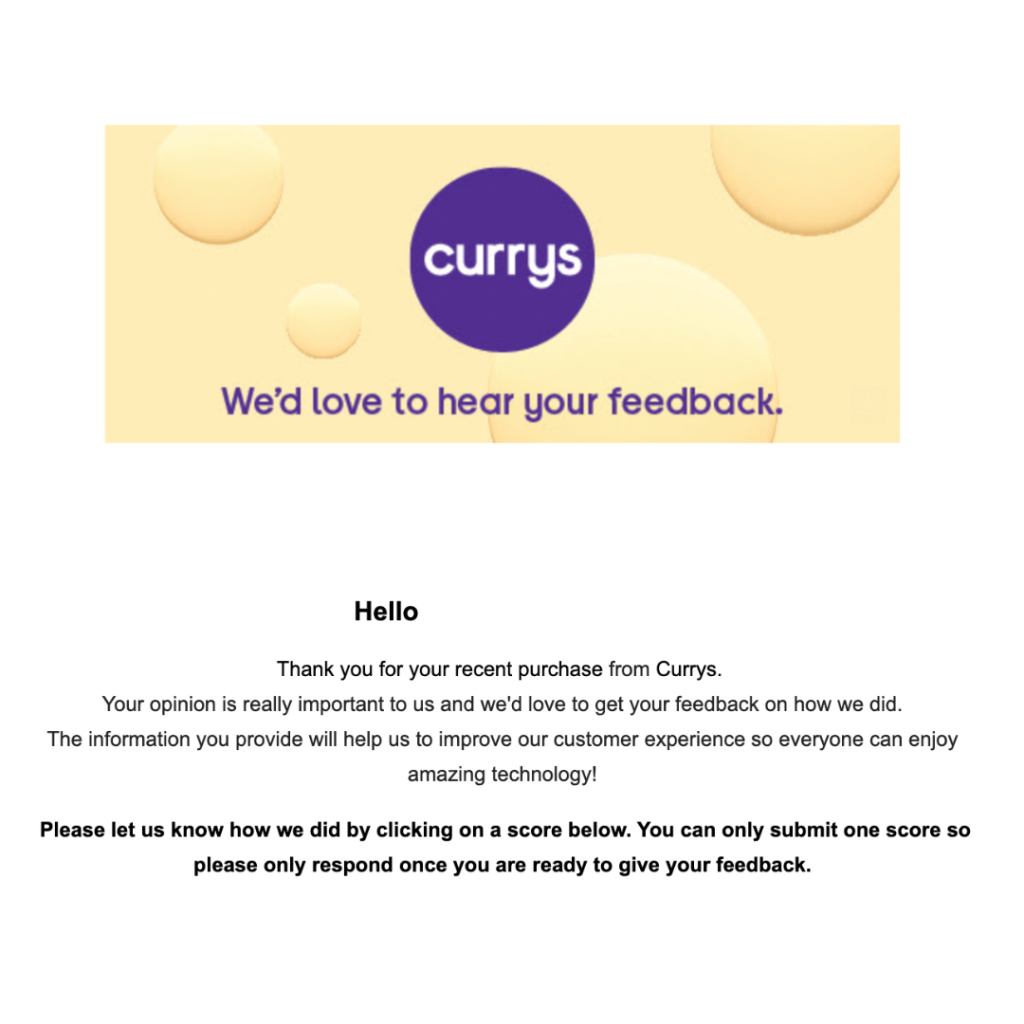
2. Offer Incentives
Encourage customers to participate by offering incentives such as a discount code. This can significantly boost response rates and show customers that you value their time and feedback. At the end of the survey, provide a discount code as a token of appreciation for their participation.

3. Use Multiple Channels
Distribute your surveys through various channels like email, social media, and your website to reach a broader audience and reduce bias. Different customers may prefer different methods of communication, so using multiple channels ensures you gather diverse feedback.
4. Ask the Right Questions
Ensure your survey questions are clear, relevant, and designed to elicit useful information. Avoid leading questions and focus on areas that will provide actionable insights. For example, ask about specific aspects of the customer experience, such as product quality, website usability, and customer service.
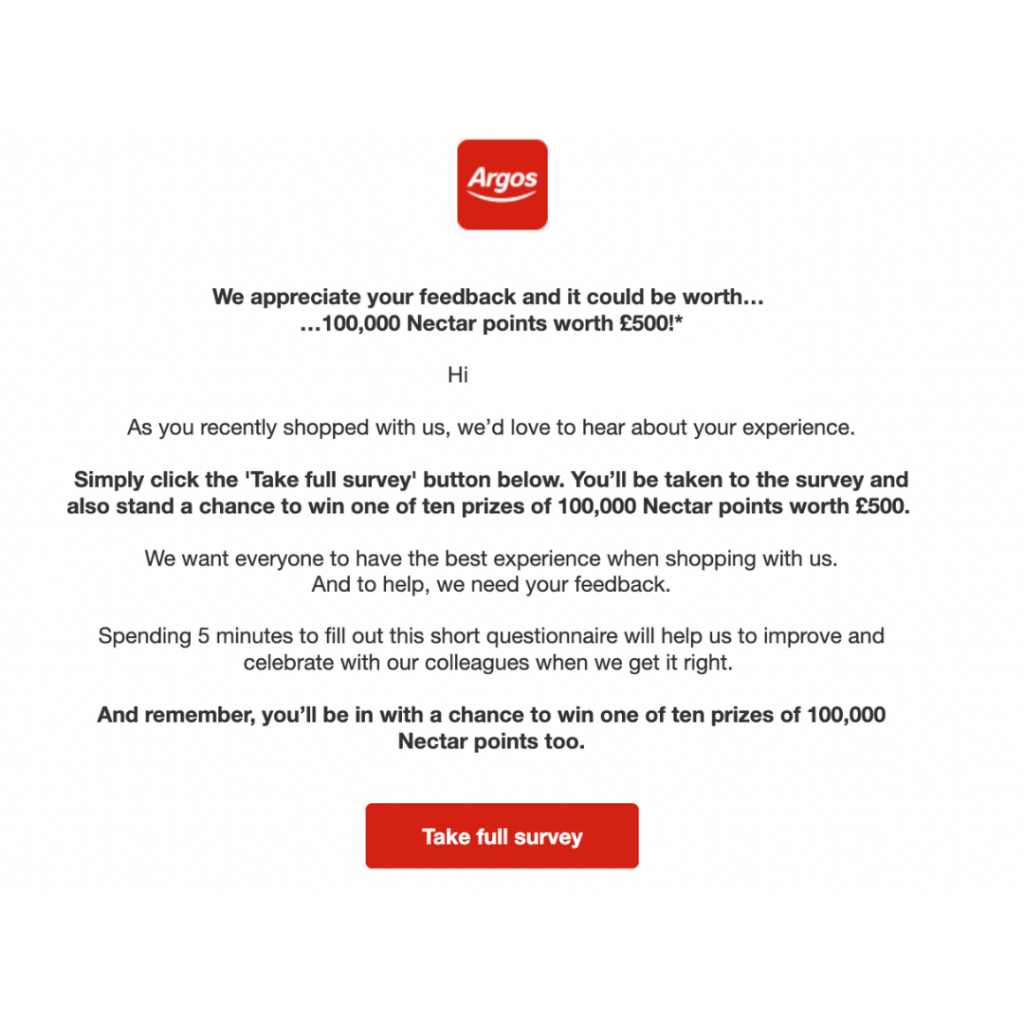
Important Questions to Include
When designing your post-purchase survey, it’s crucial to ask questions that will provide actionable insights. Here are some examples of important questions to include, using a scored rating system rather than free text to ensure you gather quantifiable data:
- How would you rate the variety of products available?
- Rating scale: 1 (Very Poor) to 5 (Excellent)
- How would you rate the overall shopping experience?
- Rating scale: 1 (Very Poor) to 5 (Excellent)
- How satisfied are you with the quality of the product you received?
- Rating scale: 1 (Very Dissatisfied) to 5 (Very Satisfied)
- How easy was it to navigate our website?
- Rating scale: 1 (Very Difficult) to 5 (Very Easy)
- How likely are you to recommend our store to a friend or colleague?
- Rating scale: 1 (Not Likely) to 10 (Extremely Likely)
- How would you rate the speed of our delivery service?
- Rating scale: 1 (Very Slow) to 5 (Very Fast)
- How would you rate the customer service you received?
- Rating scale: 1 (Very Poor) to 5 (Excellent)
Analyse and Act on Feedback
Collecting feedback is only the first step. Analyse the data to identify common themes and actionable insights. Implement changes based on this feedback to improve your products, services, and overall customer experience. Communicate these changes to your customers to show that you value their input and are committed to continuous improvement.
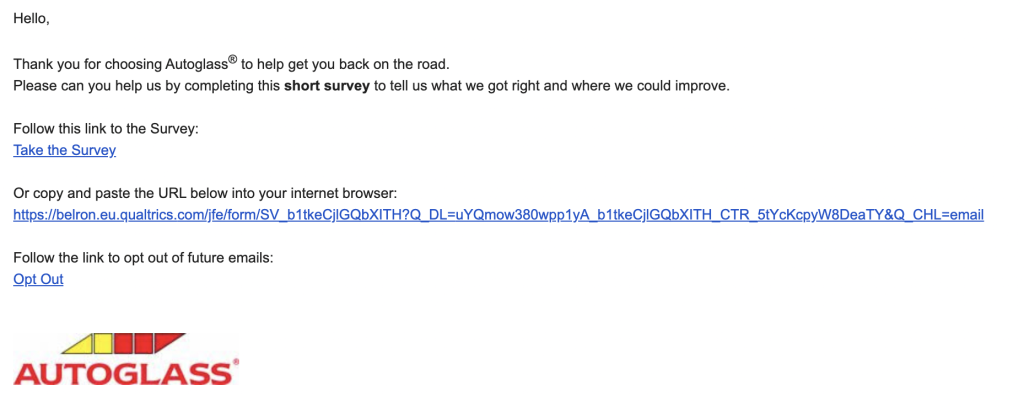
Example Survey Template
To help you get started, we’ve created an example survey template that you can use for your Shopify store. This template includes all the essential questions and is designed to be easy for your customers to complete.
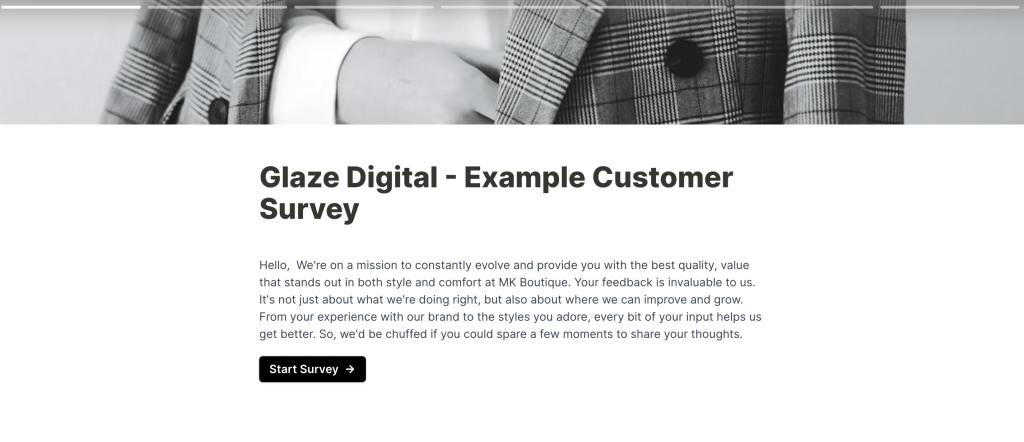
You can access the template here.
Conclusion
Post-purchase surveys are a powerful tool for Shopify store owners looking to maximise customer data and drive business growth. By understanding your customers’ experiences and preferences, you can make informed decisions that enhance customer satisfaction, improve retention, and boost revenue. At Glaze Digital, we encourage you to start implementing post-purchase surveys today to unlock these benefits and take your Shopify store to the next level. Don’t forget to offer a discount code at the end of the survey as a token of appreciation for your customers’ valuable feedback.
By following these guidelines, you can create a comprehensive and engaging survey that highlights the numerous benefits of customer surveys and provides practical advice for implementing them effectively.
process into a positive aspect of the shopping experience, fostering loyalty and encouraging repeat business.
For queries about Shopify and building your own e-commerce store, please contact us. We’re happy to help—contact us today.
If you are interested in further news and information about Shopify, consider signing up for our email newsletter, Shopify Insider.

